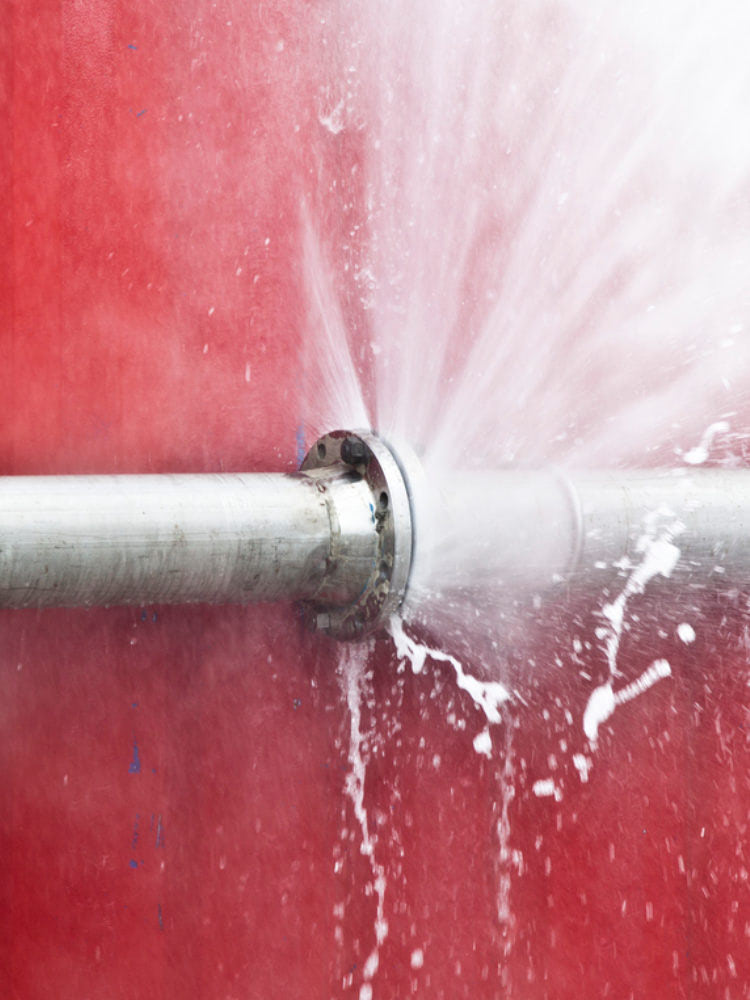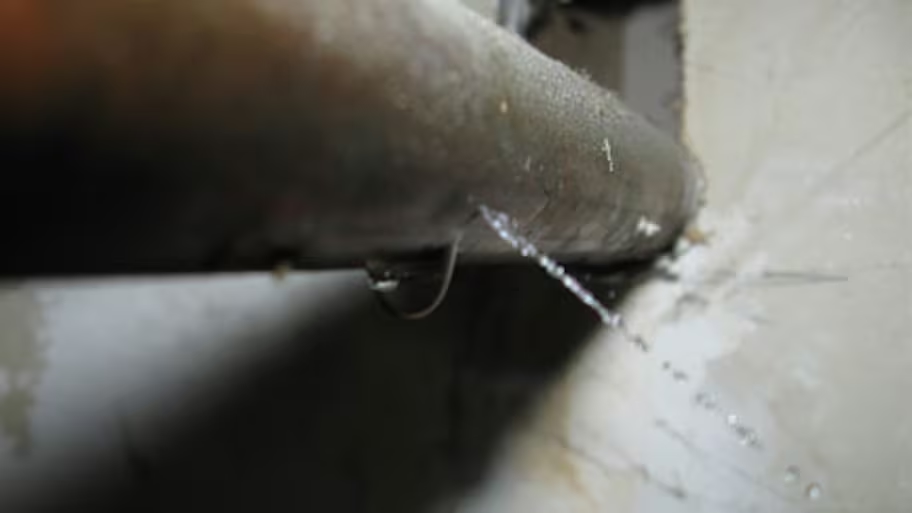The Six Most Common Sources of Water Leaks in Your Home: How to Identify and Address Them
The Six Most Common Sources of Water Leaks in Your Home: How to Identify and Address Them
Blog Article
The content in the next paragraphs pertaining to Common Water Leaks In House is fairly interesting. You should investigate it.

Leakages not only trigger waste of water yet can additionally create unneeded damage to your home and advertise unwanted natural development. Regrettably, water leakages may go unnoticed since most of the pipework in our home is concealed. By looking and also comprehending for daily circumstances that cause leakages, you can secure your house from future leaks as well as unnecessary damage. Today, we will check out 6 leakage creates that might be creating your pipes to drip.
Trespassing origins
Many water leaks begin outside the home instead than inside it. You could discover damp spots or sinkholes in your yard, and also that might imply that tree origins are getting into water lines creating water to seep out.
Corroded water supply
As time goes by, your plumbing system ages and deterioration such as rust may begin gnawing the pipes. This may be the source of discoloration or bending on your pipes. This calls for an assessment with your plumber instantly. If our plumbing system is old, take into consideration changing the pipes considering that they go to a higher risk of corrosion than the newer versions.
Defective Pipe Joints
The point at which your pipes link is frequently the weakest web link in the waterline. Pipeline joints can deteriorate over time, resulting in water leaks. The bulk of pipeline joints are not quickly noticeable. If you have loud pipelines that make ticking or banging noises, particularly when the hot water is turned on, your pipe joints are probably under a great deal of stress. It is a good idea to have your plumber check your system yearly.
Immediate temperature level adjustments.
Extreme temperature adjustments in our pipes can trigger them to increase as well as contract all of a sudden. This growth and tightening might cause splits in the pipelines, especially if the temperature level are below cold.
Poor Water Connectors
At times, a leakage can be caused by loose hose pipes and also pipes that provide your appliances. In instance of a water connections leakage, you might discover water running straight from the supply line or puddles around your appliances.
Blocked Drains
Clogged drains pipes may be annoying as well as inconveniencing, but they can often wind up causing an overflow causing burst pipelines. Keep removing any type of products that might go down your drains that could clog them to stay clear of such inconveniences.
All the above are causes of leakages however not all water leaks arise from plumbing leakages; some leaks could come from roofing leakages. All leakages ought to be fixed right away to prevent water damages.
Leakages not just cause waste of water however can likewise create unneeded damages to your residence and promote unwanted natural development. By recognizing and looking for daily circumstances that trigger leakages, you can secure your home from future leakages as well as unneeded damage. Today, we will look at 6 leakage triggers that may be triggering your pipes to leak.
At times, a leakage can be created by loosened tubes and also pipelines that provide your home appliances. In situation of a water links leakage, you might observe water running straight from the supply line or pools around your home appliances.
How To Check For Water Leak In Your Home
How To Check for Leaks
The average household's leaks can account for nearly 10,000 gallons of water wasted every year and ten percent of homes have leaks that waste 90 gallons or more per day. Common types of leaks found in the home are worn toilet flappers, dripping faucets, and other leaking valves. These types of leaks are often easy to fix, requiring only a few tools and hardware that can pay for themselves in water savings. Fixing easily corrected household water leaks can save homeowners about 10 percent on their water bills.
To check for leaks in your home, you first need to determine whether you're wasting water and then identify the source of the leak. Here are some tips for finding leaks:
Take a look at your water usage during a colder month, such as January or February. If a family of four exceeds 12,000 gallons per month, there are serious leaks.
Check your water meter before and after a two-hour period when no water is being used. If the meter changes at all, you probably have a leak.
Identify toilet leaks by placing a drop of food coloring in the toilet tank. If any color shows up in the bowl after 10 minutes, you have a leak. (Be sure to flush immediately after the experiment to avoid staining the tank.)
Examine faucet gaskets and pipe fittings for any water on the outside of the pipe to check for surface leaks.
Undetected water leaks can happen without the home or business owner even realizing. If you suspect a water leak, but not able to find the source. It is time to contact a professional water leak detection service, The Leak Doctor.
How To Find a Water Leak In Your Home
https://www.leakdoctor.com/blog/How-To-Check-For-Water-Leak-In-Your-Home_AE197.html

As an enthusiastic person who reads on Common Water Leaks In House, I was thinking sharing that excerpt was a great idea. Do you know anybody else who is curious about the topic? Be sure promote it. Bless you for your time. Visit us again soon.
Get A Free Quote Report this page